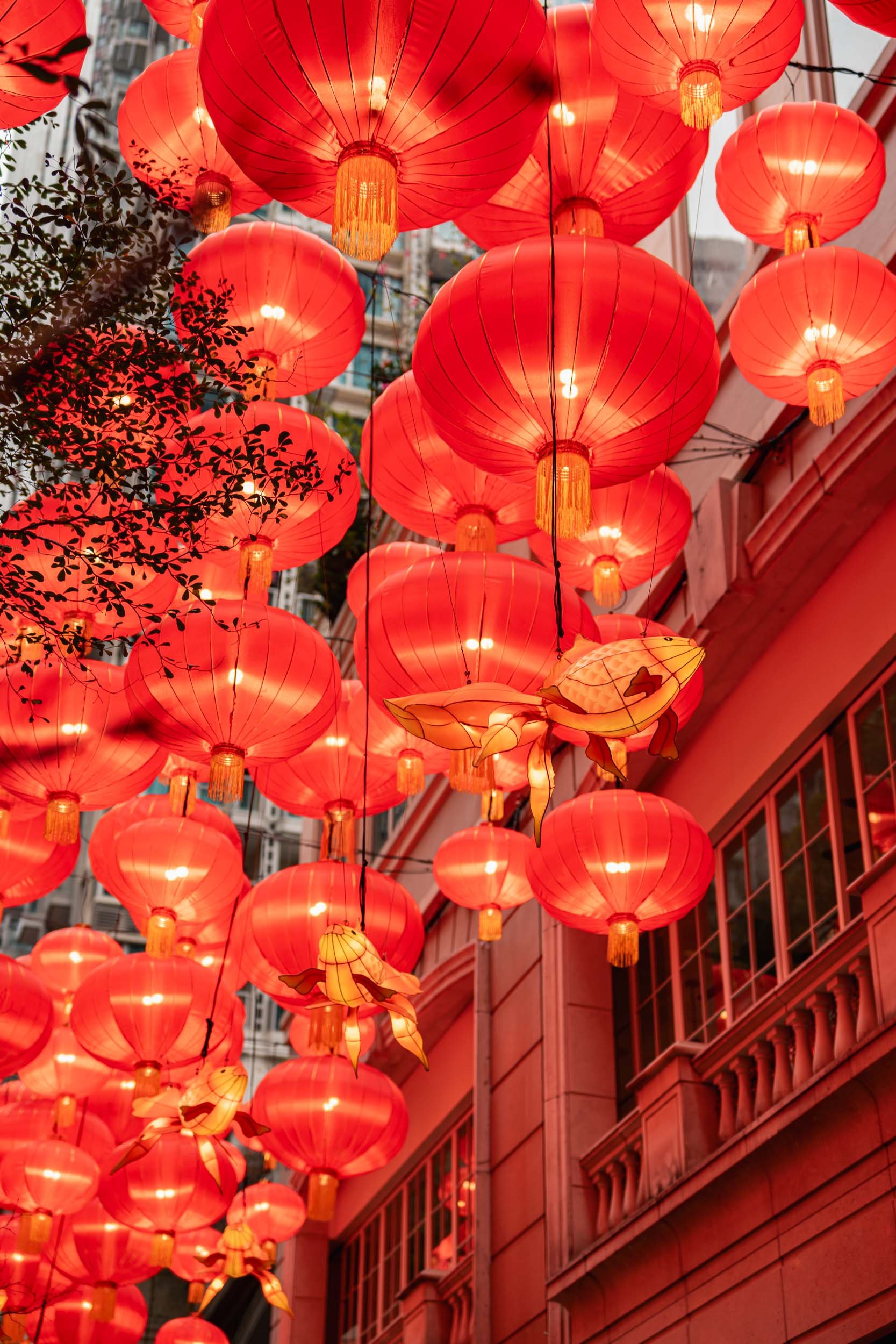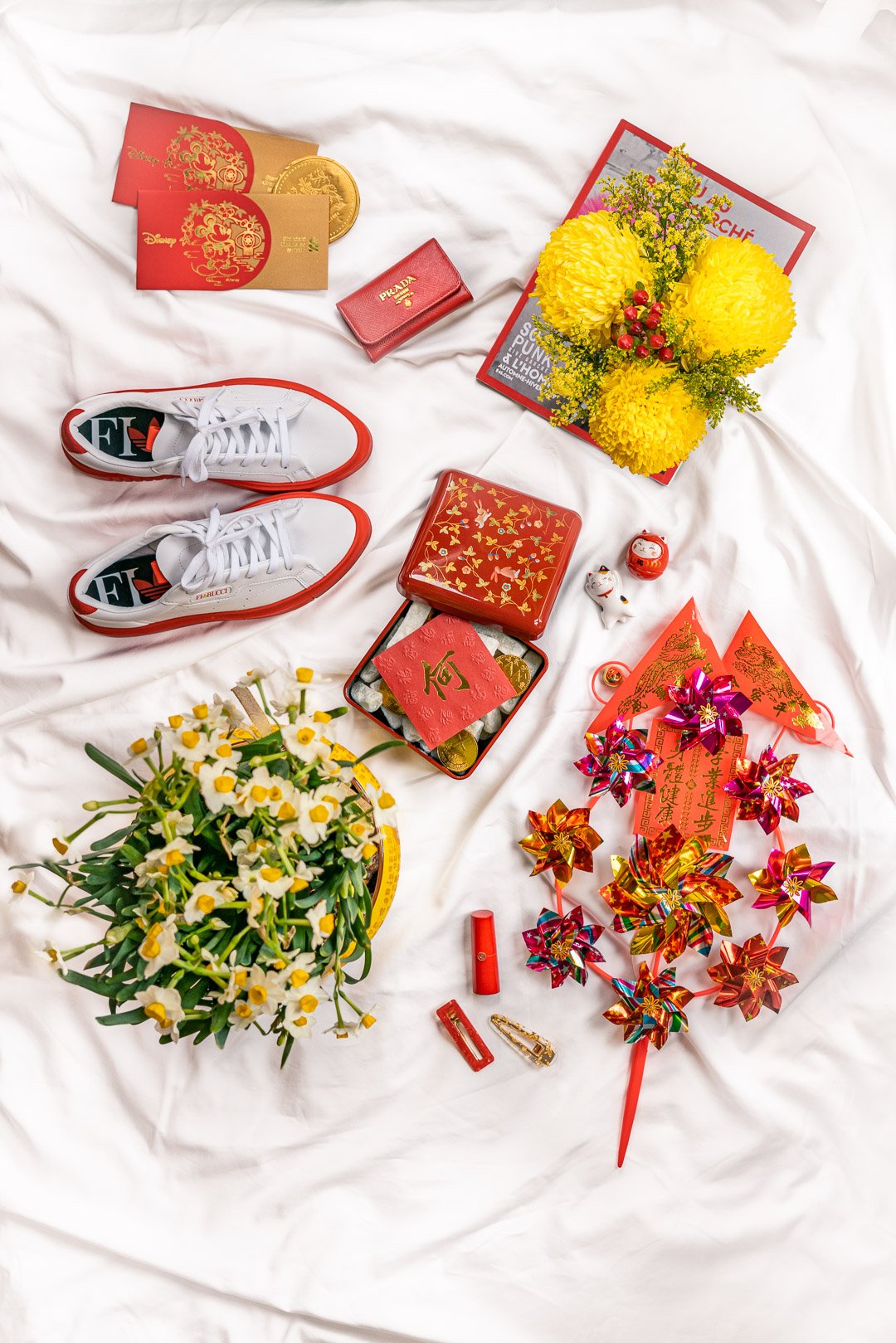Navigating Japan's Diverse Shopping Landscape
Shopping in Japan can be a thrilling experience, but only if you know where to look.
From high-end boutiques to quirky local stores, the options seem endless, offering a dizzying array of shops that can be overwhelming for tourists. There are a couple of big names that you will see popping up repeatedly across major cities, often clumped together in the city centre where the highest foot traffic is.
Seriously though, who needs to shop that much? But as you get to know Japan better, you’ll realise each chain has characteristics that curate a shopping experience for a different clientele. This is why we're here to help you navigate the retail landscape, ensuring you maximise your time.
These venues showcase the best of Japanese retail culture, making them essential stops on your shopping journey. Whether you’re a luxury shopper or a budget-conscious family, trust me, you have not experienced shopping in Japan until you have checked out all of them.
Department Stores
Department stores are large retail establishments often spanning up to ten floors in different wings, each dedicated to different types of merchandise. They are typically easily accessible in major shopping districts and are known for their high customer service, providing personalised shopping experiences and concierge services.
Product offerings span most categories imaginable, including clothing, cosmetics, home goods, and more, focusing on high-quality luxury items, often carrying the latest collections from well-known brands. They may also have a dedicated food section in the basement, the perfect spot to pick up edible tokens from your trip for family and friends. Upscale dining options are often available on the upper floors.
Mitsukoshi (三越)
Mitsukoshi is Japan's oldest department store, established in 1673 as a kimono shop. It transitioned to a department store format in 1904 and has since become a symbol of luxury retail in Japan. The flagship store in Nihombashi, Tokyo, is a historic building designated as a National Important Cultural Property. Mitsukoshi is known for its high-quality products, exceptional customer service, and a wide range of luxury brands, making it a premier shopping destination for locals and tourists.
Isetan (伊勢丹)
Founded in 1886, Isetan is renowned for its upscale fashion offerings. It is particularly famous for its Shinjuku store, one of the largest and most prestigious department stores. Isetan focuses on high-end brands and has a reputation for stylish merchandise and excellent customer service. The store often hosts exclusive events and exhibitions, enhancing its appeal as a luxury shopping destination.
Takashimaya
Takashimaya began as a used clothing dealer in 1831 and has evolved into a major department store chain with locations across Japan and internationally. It is known for its elegant shopping environment and a wide selection of luxury goods, including fashion, cosmetics, and homeware. The Osaka Takashimaya location features Japan's largest speciality watch store, staffed by knowledgeable personnel.
Daimaru
Daimaru was founded in 1717 and is recognised for its luxury offerings, particularly in the Kansai region. The store has a rich history and has merged with Matsuzakaya to form a larger retail group. Daimaru's flagship store in Shinsaibashi, Osaka, combines traditional and modern shopping experiences, featuring cafes and shops selling luxury and traditional crafts.
Matsuzakaya (松坂屋)
Matsuzakaya was founded in 1611 by Sukemichi "Ranmaru" Itō as a wholesale manufacturer of silk kimono and lacquerware in Nagoya. It later expanded into retailing cotton and linen kimonos in the 18th century, then transitioned into a western-style department store, adapting to the changing retail landscape during the Meiji era. Its Ginza branch was the first in Japan to allow customers to keep their shoes on while shopping, and the Nagoya store features an art museum that has hosted various prestigious exhibitions.
Seibu (西武)
Seibu started as Musashino Department Store in 1940 and has become a significant player in the Japanese retail market. It is known for its diverse product range and modern shopping experience. Seibu operates several stores, including those in Ikebukuro, a central shopping district in Tokyo. The store is part of the Seven & I Holdings Company, enhancing its prominence in retail.
SOGO (崇光)
SOGO, which merged with Seibu, offers various products and is known for its contemporary shopping environment. It has a strong presence in urban areas and caters to a diverse clientele. SOGO stores often feature international and local brands, making them popular shopping destinations.
Tenmaya (天満屋)
Founded in 1829, Tenmaya started as a notions shop and has grown into a regional department store with a strong presence in Okayama and surrounding areas. It is known for its variety of goods and customer-oriented services, making it a staple for local shoppers.
Marui (OIOI)
Marui, or OIOI, is a popular department store chain focusing on fashion and lifestyle products, particularly appealing to younger consumers. It offers a mix of trendy clothing, accessories, and lifestyle items, making it a vibrant shopping destination in urban areas.
LOFT
LOFT is primarily a lifestyle and stationery store but is categorised as a department store due to its wide range of products. It is known for its stylish and quirky selection of items, including home decor, stationery, and gifts. LOFT attracts a younger demographic and is popular for its unique merchandise.
Hands
Similar to LOFT, Tokyu Hands is a department store specialising in DIY, crafts, and hobby-related products, making it a unique department store in Japan. It offers various items, including home goods, stationery, and creative supplies. Tokyu Hands is well-regarded for its extensive selection and is a favourite among creative shoppers.
Shopping Malls
Malls are larger complexes with multiple retail stores offering diverse products, including high-end and budget-friendly options typically featuring various international and local brands.
They are usually designed as enclosed spaces with a central atrium, allowing for easy store navigation and a festive atmosphere during the holidays. Apart from shopping, they provide a comprehensive experience in a single location, often including amenities such as food courts, play areas for children, and entertainment options like movie theatres and arcades.
LaLaport
LaLaport is one of Japan’s largest and most popular shopping mall chains, known for its extensive range of retail shops, restaurants, and entertainment options. Each LaLaport location typically features a mix of international and local brands, making it a favourite destination for families and shoppers of all ages. The malls often host events and activities, particularly for children, enhancing their appeal as family-friendly venues.
AEON Mall
AEON Mall is another major player in the Japanese shopping mall landscape, with numerous locations nationwide. While generally smaller than Lalaport, AEON Malls are well-known for their convenience and variety, catering to local shopping needs. They often include grocery stores, clothing shops, and dining options, making them ideal for everyday shopping. AEON Mall LakeTown is particularly notable for being one of the largest shopping complexes in Japan, featuring multiple AEON stores.
PARCO
PARCO is a well-regarded shopping mall chain focusing on fashion and lifestyle products, appealing primarily to younger consumers. PARCO locations often feature trendy shops, restaurants, and cultural spaces, such as art galleries and event venues. The Shibuya PARCO, for example, is famous for its unique offerings, including a Nintendo Store and a Pokémon Center, making it a popular destination for locals and tourists.
Hankyu
Hankyu is a department store chain that operates shopping complexes, particularly in the Kansai region. While it is primarily known for its department store offerings, Hankyu often includes a variety of retail shops and dining options. The Hankyu Umeda Main Store in Osaka is a prominent location that combines department store and shopping mall elements, making it a significant shopping destination in the area.
Outlet Centres
Japan’s outlet centres are often outside city centres in suburban areas with lower land costs. They offer brand-name goods at discounted prices, typically older collections, excess inventory, or items made specifically for the outlet market. The products may not be available in regular retail stores, though sometimes, the quality can vary.
The primary draw of outlet malls is the significant discounts on products, often featuring seasonal promotions that provide additional savings on already reduced prices. The prospect of finding bargains attracts shoppers, especially international visitors who can take advantage of tax-free shopping.
Mitsui Outlet Park
Mitsui Outlet Park is the largest outlet mall chain in Japan, featuring a variety of international and domestic brands at discounted prices. Popular Japanese apparel brands like BEAMS, United Arrows, and SHIPS frequently appear, while FRANC FRANC also stocks an impressive home goods collection. The parks are designed to provide a pleasant shopping experience, with food courts, children’s play areas, ample parking, and family-friendly amenities.
Premium Outlets
As its name states, Premium Outlets is more known for an upscale shopping experience, focusing on luxury and premium brands, providing shoppers with access to high-quality products at discounted prices. The selection often includes designer labels and exclusive collections.
The outlets are typically located in scenic areas and offer various high-end brands at discounted prices.
Related Posts









